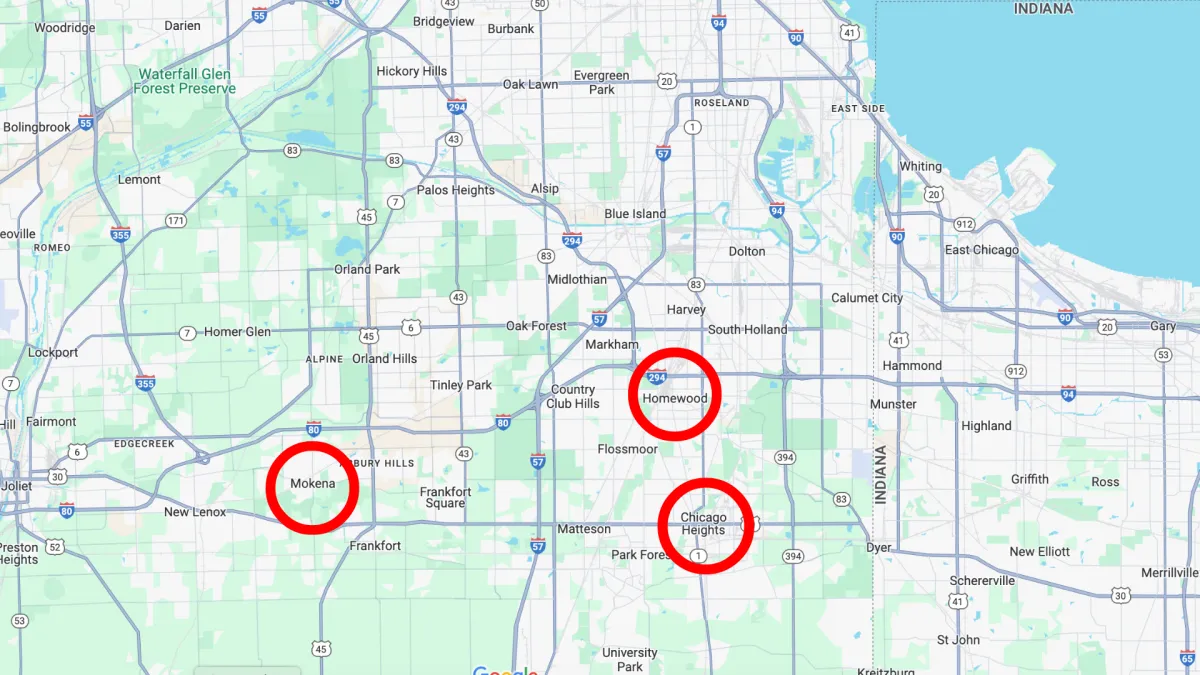Are You Looking For a Trusted Podiatrist In South Chicago Suburbs?
Confused? Don't Worry! Download One of Our Helpful Information Packs to Get Unstuck

Plantar Fasciitis
Unlock fast solutions for ending plantar fasciitis naturally
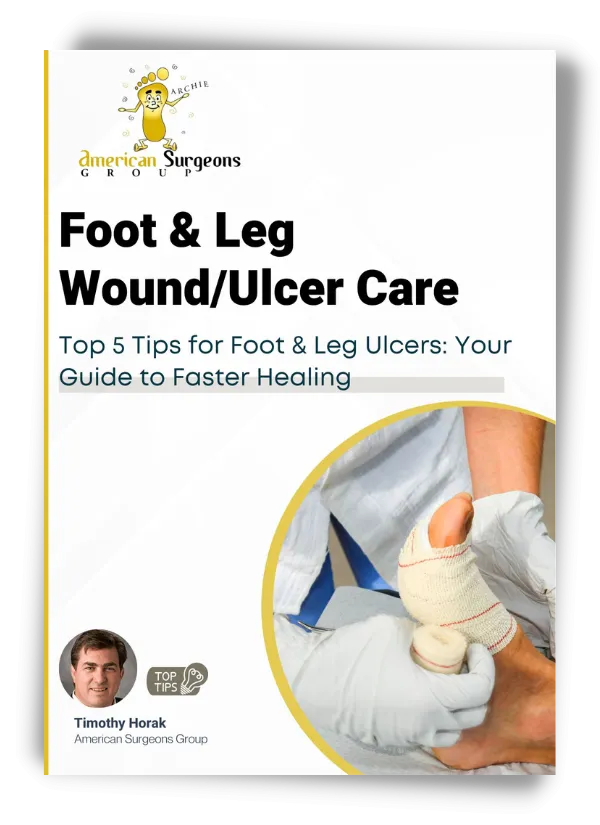
Ulcer & Wound Care
Your guide to faster foot and leg wound healing

Plantar Warts
Learn how to get rid of those plantar warts for good!
Does Any of This Sound Familiar?
Are you tired of visiting countless offices in search of a solution to your problem, only to be disappointed with the results?
Have you invested a significant amount of money in other podiatry offices, hoping they would fix your issue, but ended up feeling worse off or left without any improvement?
Are you feeling overwhelmed and anxious after being told that surgery is the only option left to address your foot problem?
Do you find yourself increasingly reliant on painkillers just to make it through the day?
Have you started to worry that you may never get rid of your painful condition and be unable to return to the things you love to do?
If you answered YES to any of the above, you may have found the answer to your frustrations at American Surgeons Group
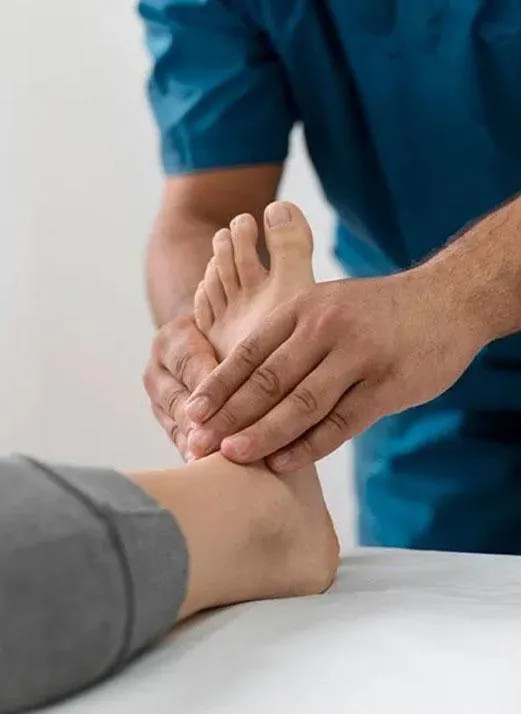
Top Rated Podiatry & Surgery Clinic
South Chicago Suburbs
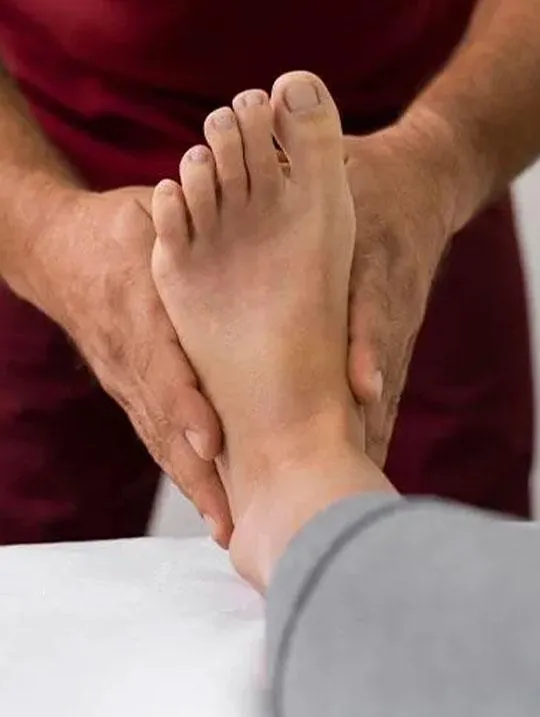
What Sets Us Apart?
American Surgeons Group provides comprehensive podiatry services at three Illinois locations: Homewood, South Chicago Heights, and Mokena.
Our board-certified podiatric physicians and surgeons bring nearly three decades of experience to treating a wide range of foot and ankle issues, from heel pain and bunions to diabetic wound care and more.
We specialize in treating plantar fasciitis, custom orthotics, and Q-Beam Laser therapy for toenail fungus. When surgery is necessary, Drs. Horak and Shauger offer high-quality options, including minimally invasive, arthroscopic, and endoscopic procedures.
We are known for our exceptional podiatric care, friendly staff, and our doctors’ excellent bedside manner. To ensure patient convenience, we offer same-day or next-day appointments whenever possible.
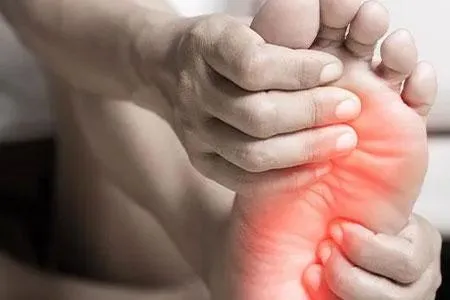
Plantar Fasciitis
Discover our soothing solutions for stubborn plantar fasciitis
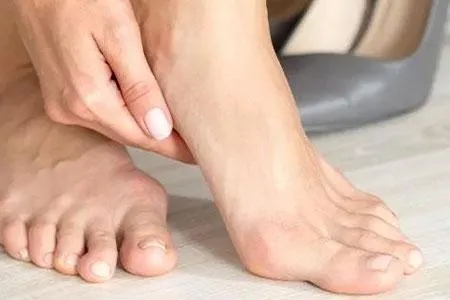
Foot Pain
Get back on track: Simple solutions for foot pain discomfort!
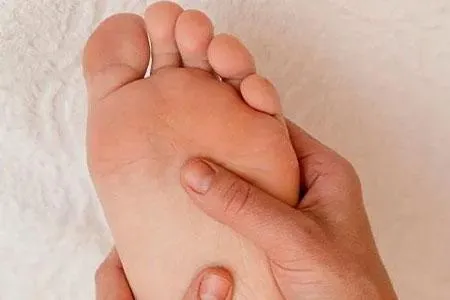
Plantar Warts
Are plantar warts slowing you down? Discover your path to recovery!
Our Doctors at American Surgeon Group

Timothy Horak
DPM

Julia Shauger
DPM
Can't Find The Right Information Pack...?
Fear not! We've got you covered. Visit our resources page for more helpful guides.
Tired of Living With Pain? We Can Help

Not sure who to ask?
Not sure what to do next?
Not sure who can help?
Please fill out the form below and chat with one of our team members about your right next step
Before You Book Your Appointment, Here's Just a Handful of Our Patients Success Stories to Put Your Mind at Ease
Still Feeling A Little Confused About Your Condition And Don't Know What To Do?
#1 Option (👍 most popular)

#2 Option - Send Us a Message

#3 Option - Book Appointment


From Consultation to Treatment
What to Expect at Your First Podiatry Visit
We're excited to see you at your appointment! We want to make sure you feel comfortable and well-informed, so don't hesitate to ask us any questions about our treatments, our office, or even our payment options. Our goal is to help you get back to living your life free of pain, so let's work together to make that happen!
Discuss your foot health goals
Provide x-rays, CT scans, MRI & bone scans if required
Complete foot examination
Discover your options
Start a custom treatment plan
Lab testing available

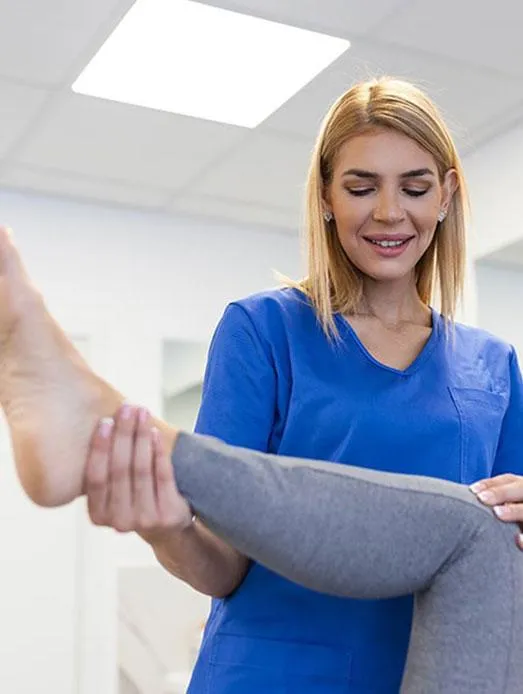
4 Reasons To Choose American Surgeons Group
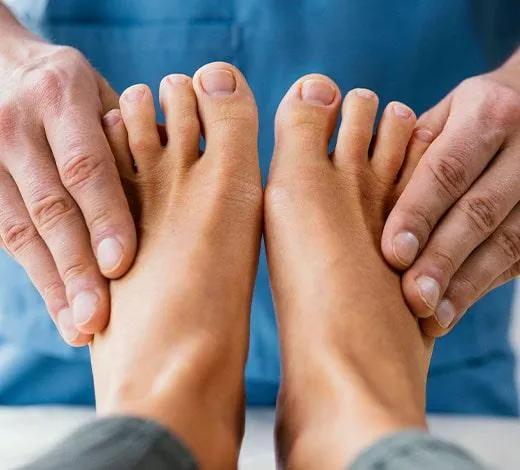
Specialized Expertise: Our office offers specialized care from highly-trained podiatrist in various fields like sports rehab and chronic pain management.
Comprehensive Approach: We provide holistic treatment plans combining manual therapy, exercises, and cutting-edge technology for a well-rounded approach.
Cutting-Edge Facilities: Equipped with state-of-the-art facilities and advanced equipment to support patients' recovery.
Proven Track Record: Our office's reputation is built on successful patient outcomes and positive feedback, fostering a supportive environment for rehabilitation.
We've Answered the Most Common Questions New Patients Often Ask...
What conditions do podiatrists treat?
Podiatrists specialize in treating a wide range of foot and lower limb conditions, including foot pain, bunions, ingrown toenails, heel pain, plantar fasciitis, and more.
Do I need a referral to see a podiatrist?
In most cases, you don't need a referral to visit a podiatrist. You can directly book an appointment and seek their expertise without any prior authorization.
How long does a typical podiatry appointment last?
The duration of a podiatry appointment may vary based on the complexity of your condition. On average, initial consultations can last anywhere from 30 minutes to an hour.
What should I bring to my first podiatry appointment?
It's a good idea to bring your medical history, any relevant test results, a list of current medications, and any footwear you regularly use. These details can help the podiatrist assess your condition more effectively.
Will the podiatrist recommend surgery right away?
Not necessarily. Podiatrists explore conservative treatment options first and reserve surgery for cases where non-invasive approaches have not been effective.
What types of treatments do podiatrists offer?
Podiatrists offer a variety of treatments, including custom orthotics, physical therapy, medications, laser therapy, and in some cases, surgical interventions. They tailor the treatment plan to suit your specific needs.
Can podiatrists help with sports-related injuries?
Yes, podiatrists have expertise in treating sports-related foot and ankle injuries. They can provide specialized care to athletes and active individuals.
Will my insurance cover podiatry services?
It depends on your insurance plan. Many health insurance policies cover podiatry services, but it's always a good idea to check with your provider beforehand.
Are podiatry treatments painful?
Podiatrists aim to provide the most comfortable experience possible. Some treatments might cause mild discomfort, but the podiatrist will ensure you're informed and at ease throughout the process.
Can podiatrists help with diabetic foot care?
Absolutely! Podiatrists play a crucial role in diabetic foot care, offering specialized services to prevent and manage diabetic foot complications.
Is it okay to bring a family member to my appointment?
Of course! You're welcome to bring a family member or friend to your appointment for support or to help you remember important details discussed during the visit.
Do I need to stop taking my medications before seeing a podiatrist?
Routine check-ups may vary depending on your condition and treatment plan. For preventative care, an annual visit is often recommended. If you have an existing foot condition, your podiatrist will advise you on the appropriate frequency of follow-up visits.
How often should I visit a podiatrist for routine check-ups?
It's generally not necessary to stop taking medications before your appointment. However, make sure to inform the podiatrist about any medications you are currently taking.
Will I need to undergo X-rays or other imaging tests during my visit?
Not all patients require X-rays or imaging tests during their initial visit. The podiatrist will determine the need for such tests based on your medical history and physical examination.
Can podiatrists help with foot pain caused by wearing high heels?
Yes, podiatrists can offer advice on wearing high heels more comfortably and provide treatment for foot pain resulting from high heel use. They can also recommend appropriate footwear choices to minimise discomfort.
Can I get custom orthotics if I have flat feet or high arches?
Absolutely! Custom orthotics can be prescribed for various foot conditions, including flat feet, high arches, and other biomechanical issues, to provide support and alleviate discomfort.
How soon can I expect to see improvements after starting treatment?
The time it takes to see improvements varies depending on the condition and treatment plan. Your podiatrist will provide you with a realistic expectation of the treatment timeline.
Please note that these FAQs provide general information and should not replace personalized advice from a qualified healthcare professional. It is important to consult with a trusted podiatrist to assess your individual case and determine the most suitable treatment plan for your condition.
Tired of Living With Pain? We Can Help

Not sure who to ask?
Not sure what to do next?
Not sure who can help?
Please fill out the form below and chat with one of our team members about your right next step
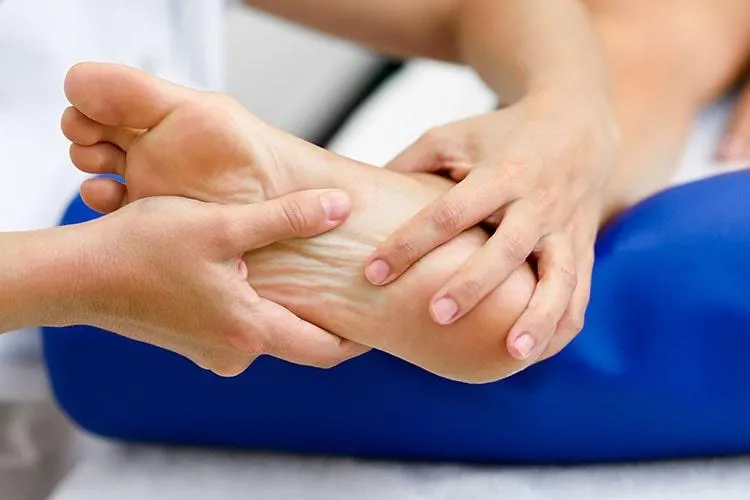
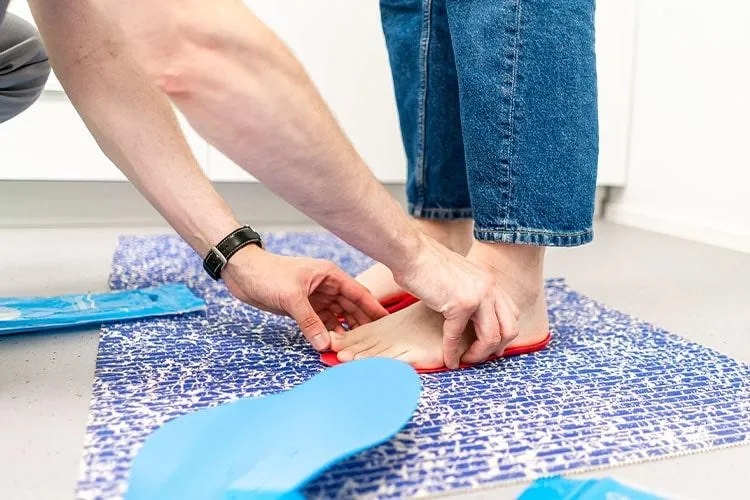
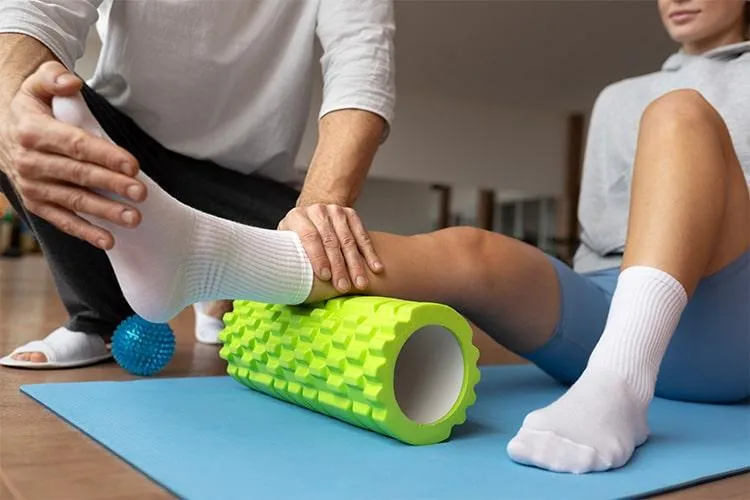
Where To Find American Surgeons Group

If you have any questions before scheduling an appointment or for general inquiries, please use the contact us button below. Our team will promptly reach out to assist you.
